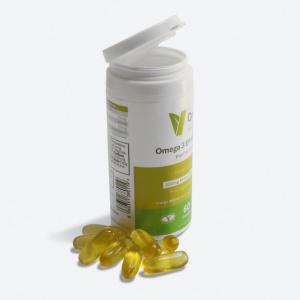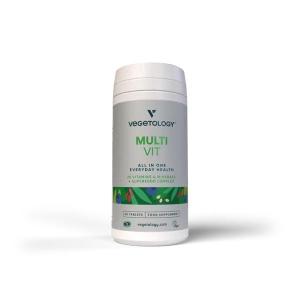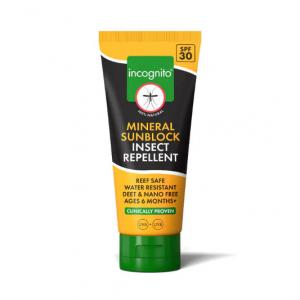Sugar cane (Saccharum officinarum)
Harm score: 1 (Natural substances)
Sugar cane (Saccharum officinarum), also colloquially known as crystal powder, crystal or quartz, is a perennial plant with large leaves and thick stalks, reaching over four metres in height. It is most commonly cultivated in tropical and subtropical regions, where it is used to produce one of the most widely used raw materials, sugar. In fact, sugar cane is the main source of sucrose, the basic component of common table sugar, which is used in many areas of the food industry.
However, the importance of sugar cane goes far beyond the mere production of sugar. In addition to table sugar, cane is processed into a number of other products. A very popular use of sugar cane is in the alcohol industry, where it serves as a raw material for the production of rum, for example. The cane is also used to produce molasses, a dark, thick syrup full of cane juice, which is often used as a sweetener in baking or as livestock feed. In addition, the cane also produces ethanol used as a biofuel, which plays an important role in alternative energy. In addition, sugar cane yields a large amount of fibre when processed, which can be used to make paper or as a material for roofing.
Sugar cane is therefore a versatile crop with many uses. It is not only an important source of food but also an increasingly important part of a cleaner economy. Meanwhile, its importance and use continues to grow as industry and technology develop.
Sugar cane (Saccharum officinarum) can be found in the following products

Opti3 Omega-3 EPA & DHA with vitamin D 60 capsules
Product detail
MultiVit - Multivitamins and minerals for vegans, 60 tablets
Product detail
Pregna-Plan Multivitamin for pregnant and breastfeeding mothers, 60 tablets
Product detail
Sunscreen with repellent effect SPF 30 (100 ml) - also suitable for children from 6 months
Product detail
Vitashine vitamin D3 in tablets 1000 iu 60 tablets
Product detail